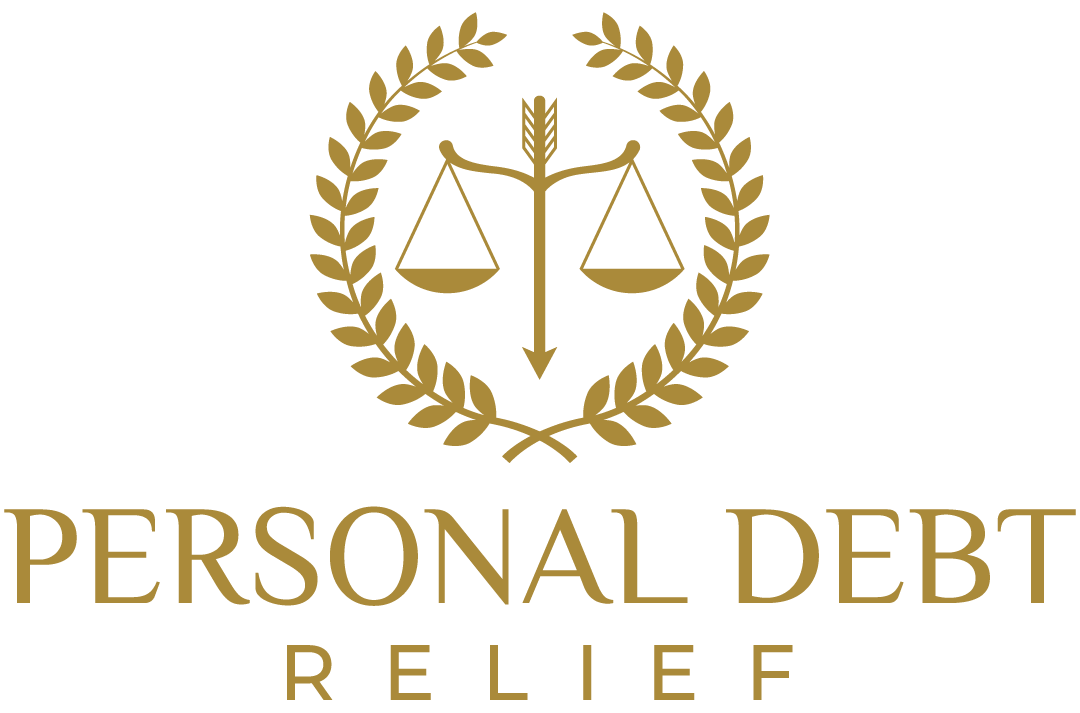Understanding Personal Debt in Panama
Personal debt is a pressing issue in Panama, affecting a significant portion of the population. Various factors contribute to the high levels of personal debt experienced by Panamanian citizens. One primary cause is the rising cost of living. As living expenses, including housing, food, and transportation, continue to climb, many individuals find themselves relying on credit to make ends meet. This reliance on credit can quickly spiral into unmanageable debt.
Medical expenses are another significant contributor to personal debt in Panama. Although the country has a public healthcare system, there are still out-of-pocket costs for medications, treatments, and procedures that can be prohibitively expensive. When faced with unexpected medical bills, many Panamanians resort to borrowing money, often at high-interest rates, further exacerbating their financial strain.
Unemployment and underemployment also play a crucial role. With limited job opportunities and fluctuating economic conditions, many individuals struggle to secure stable and sufficient income. This instability often leads to reliance on personal loans and credit cards to cover everyday expenses, leading to an accumulation of debt over time.
The impact of personal debt on Panamanian society is profound. Economically, high levels of debt can stifle consumer spending, slowing down economic growth. Socially, the stress and anxiety associated with debt can affect mental health, relationships, and overall quality of life. For many, the burden of debt becomes an all-encompassing issue that affects every aspect of their daily lives.
There are several types of personal debt prevalent in Panama, each with its own set of challenges. Credit card debt is particularly common, driven by high-interest rates and the ease of access to credit. Personal loans, often taken out to cover large expenses or consolidate other debts, can also become a significant financial burden. Mortgage debt, while typically lower in interest rates, represents a long-term commitment that can strain finances, especially in times of economic downturn.
Statistics paint a clear picture of the scope of personal debt in Panama. According to recent data, the average household debt has been steadily increasing, with a significant percentage of the population carrying multiple forms of debt. Real-life examples, such as families struggling to pay off medical bills or individuals juggling several credit card payments, highlight the tangible impact of this issue.
Strategies and Resources for Debt Relief
In Panama, individuals seeking debt relief have multiple strategies and resources at their disposal. One of the most effective methods is debt consolidation, which involves combining multiple debts into a single, more manageable payment. This can often result in lower interest rates and simplified financial management. Another viable strategy is negotiating with creditors directly. Many creditors are willing to work with debtors to create a more feasible payment plan, especially if it increases their chances of recovering the owed amount.
Financial counseling services play a crucial role in debt relief. Certified financial counselors can offer personalized advice and strategies to manage and reduce debt effectively. These services often include budget analysis, financial education, and assistance in negotiating with creditors. Utilizing such resources can provide individuals with a clearer path toward financial stability.
The legal framework surrounding debt relief in Panama is governed by several laws and regulations designed to protect both debtors and creditors. Key legislation includes the Consumer Protection Law, which ensures fair treatment of consumers in financial distress. Additionally, Panama’s Civil Code provides guidelines for debt repayment and the rights of creditors. Understanding these legal provisions can help individuals navigate the complexities of debt relief and avoid potential pitfalls.
Government programs and non-profit organizations also offer substantial support for those struggling with debt. Programs such as the National Institute of Consumer Defense and Competition (INDECOM) provide resources and assistance to help individuals manage their financial obligations. Non-profit organizations often offer free or low-cost financial counseling, debt management plans, and educational workshops to empower individuals to regain control of their finances.
Creating a budget and managing expenses are fundamental steps in avoiding future debt. Individuals should document all income and expenditures to identify areas where they can cut costs. Setting realistic financial goals and adhering to a budget can prevent overspending. Additionally, building an emergency fund can provide a financial cushion in times of unexpected expenses, reducing the likelihood of accumulating new debt.
